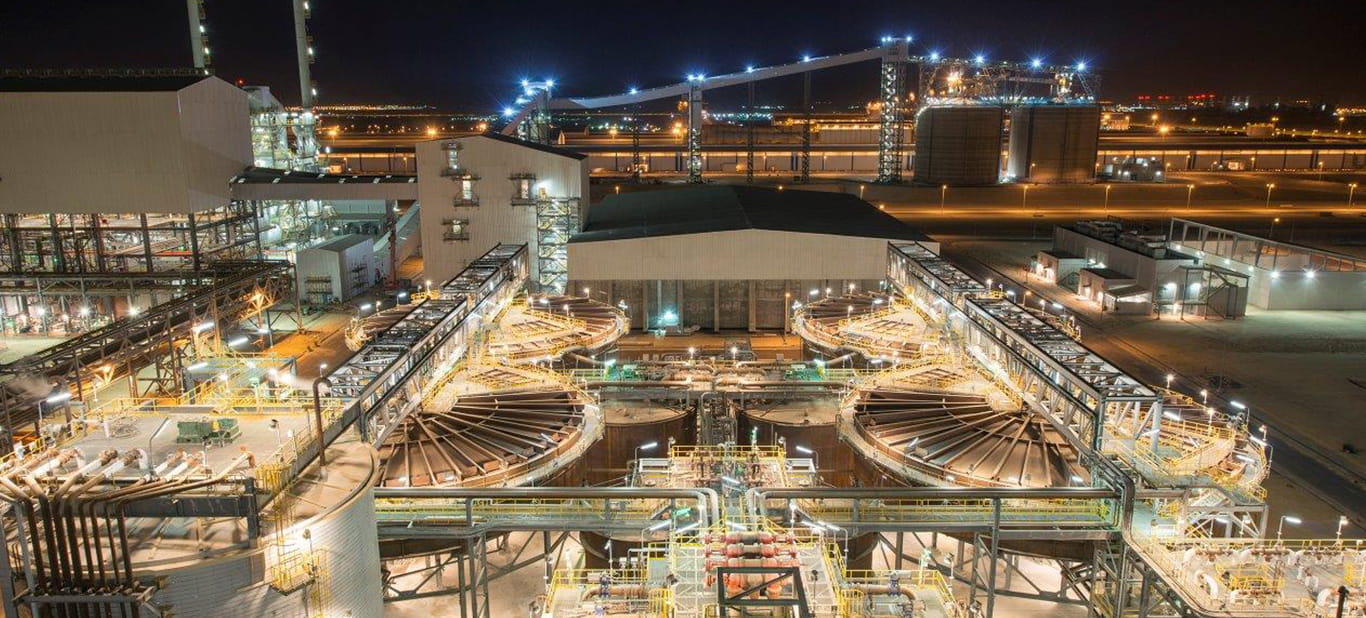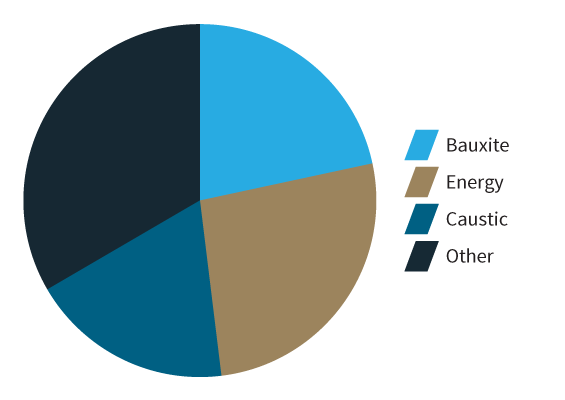Aluminium price, like many commodities, is cyclical in nature due to the delay between investment decisions and additional capacity. This results in oscillations between oversupply and excessive demand. Behind these cycles, however, there is a relentless reduction in real aluminium price over the long term (refer figure 1). This is to be expected in a highly competitive commodity environment. Over time, improvements in technology and operational practices drive efficiencies that lower production costs. This trend places pressure on all operators to continuously improve in order to maintain profitability and the long-term viability of their asset.
Figure 1: Declining Real Aluminium Price
What do you do at the bottom of the cycle?
Recent years of falling aluminium price, with corresponding falls in alumina price, have resulted in a heavily cost focused alumina refining industry. Alumina refining is a complex process and presents a challenge to sustain cost reductions through robust and efficient operation.
Cost reduction programs at the bottom of the cycle are generally reactive. Typical targets include personnel reductions, maintenance and capital deferrals as these are the most rapid cost reductions that can be implemented. Frequently cuts are excessive and are ultimately unsustainable. This reactive cost-cutting can result in a long-term negative impact on cost curve position as lower maintenance and loss of experience degrade the asset performance.
So when do you invest in efficiency?
The best strategy is an unrelenting proactive focus on sustainable cost reduction, such that the refinery is well placed when the price cycle starts to hurt again. In this way operators are able to ride through the bottom of the cycle without the need to take severe action liable to cause long-term harm.
Sustainable improvement in cost curve position requires process optimization, innovative design, operational excellence and effective asset management, underpinned by robust systems and effective leadership.
A key focus is looking to optimize efficiencies in energy and raw materials. These represent the majority of refining costs and provide an effective hunting ground for long-term cost improvement. Improving both the process and supporting systems can also lead to personnel reductions and reduced maintenance spending, but these reductions are the outcome, not the action of a focus on efficient operation.
Figure 2: Alumina Production OPEX Breakdown
A rising alumina price cycle represents an opportunity to reinvest in improvements that boost long-term competitive position.
What is the right time to plan for growth?
The bauxite and alumina industry continues to grow to meet aluminium demand in developing countries. A rising price justifiably draws investment in growth projects. Although debottlenecking and brownfield expansions are often an attractive low CAPEX option, growth projects should also be used as a vehicle to improve efficiency to improve competitive position.
When the alumina price reaches the top of the price cycle operators should be reaping maximum benefit from previous investments. Ironically, reaping this reward requires planning and preparation whilst the price cycle is low. Too often investments miss the cycle with poor initial post-investment returns, frustrating the late investor.
Lessons learned
The most astute operators are not victims of the price cycle. Planning and acting within the context of this cycle, while being mindful of the long-term price trend, is the recipe for maximising a refinery’s profitability and longevity.




